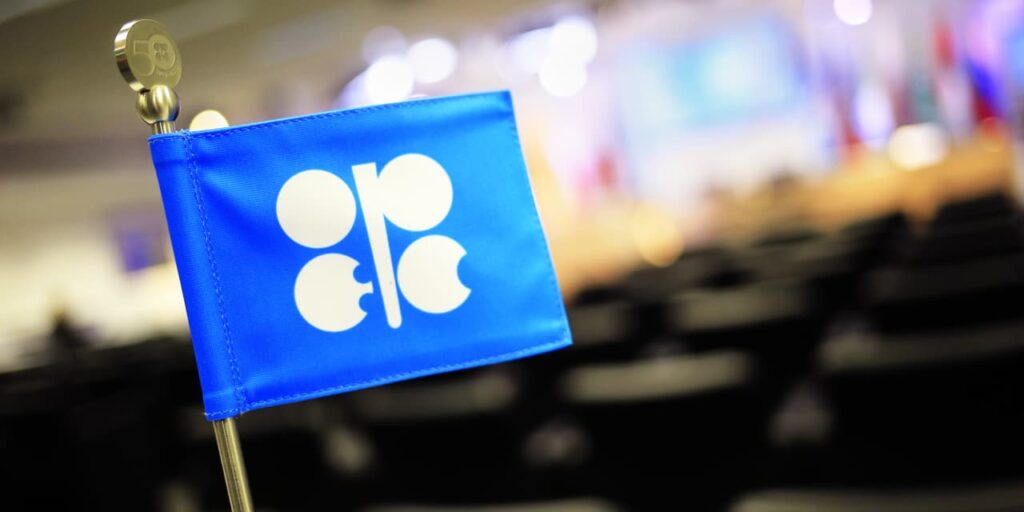The Organization of the Petroleum Exporting Countries and its allies have collectively agreed to extend voluntary production cuts through the end of June, constricting global oil supplies for another quarter.
Saudi Arabia, United Arab Emirates, Kuwait, and Algeria agreed to the moves, which are in addition to previous rounds of production cuts that are slated to remain through the end of 2024, and come as U.S. oil production has continued to surge.
That will keep oil supplies restricted as demand in Northern Hemisphere nations rises in the summer months, according to S&P Global Commodity Insights.
Oil prices have fallen to levels well below the more than $100 a barrel they reached in 2022. West Texas Intermediate crude was at $79.80 a barrel on Friday, while Brent crude was at $83.46 a barrel.
Russia, whose exports remain under sanctions imposed by Western countries after its February 2022 invasion of Ukraine, announced production cuts that will slash its exports month by month. It will lower its crude output by 350,000 barrels a day in April, by 400,000 barrels a day in May, and by 471,000 barrels a day in June.
Those cuts are in addition to Russia’s existing agreement to cut production by 500,000 barrels a day last year through the end of 2024.
OPEC member nations said the extended production cuts would “strengthen the precautionary efforts made by OPEC+ countries with the aim of supporting the stability and balance of oil markets,” and that they would restore volumes “gradually,” as market conditions warrant.
Saudi Arabia announced that it will extend its cut of one million barrels a day that has been in place since July 2023 through the second quarter of this year, which means that its production will remain at two-year lows of about nine million barrels a day through the end of June.
Production will be returned gradually subject to market conditions, the state-owned Saudi Press Agency said, citing a person at the Ministry of Energy.
S&P Global Commodity Insights said the U.A.E. has agreed to keep its 3.02 million barrels a day output through the second quarter, and Algeria has continued its 51,000 barrels a day production cut—keeping its output at about 908,000 barrels a day through the same period.
On April 3, the Joint Ministerial Monitoring Committee, co-chaired by Saudi Arabia and Russia, will meet to consider market conditions and how members have complied with their quotas.
The next meeting of the full OPEC alliance is June 1 in Vienna. S&P Global Commodity Insights expects that the OPEC+ alliance may extend its cuts through the end of the year.
Write to Janet H. Cho at janet.cho@dowjones.com
Read the full article here












